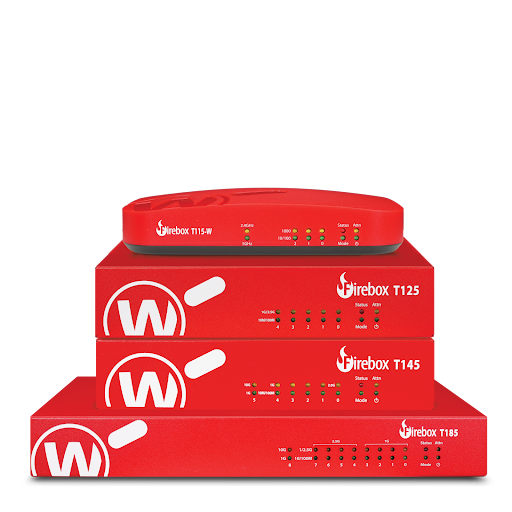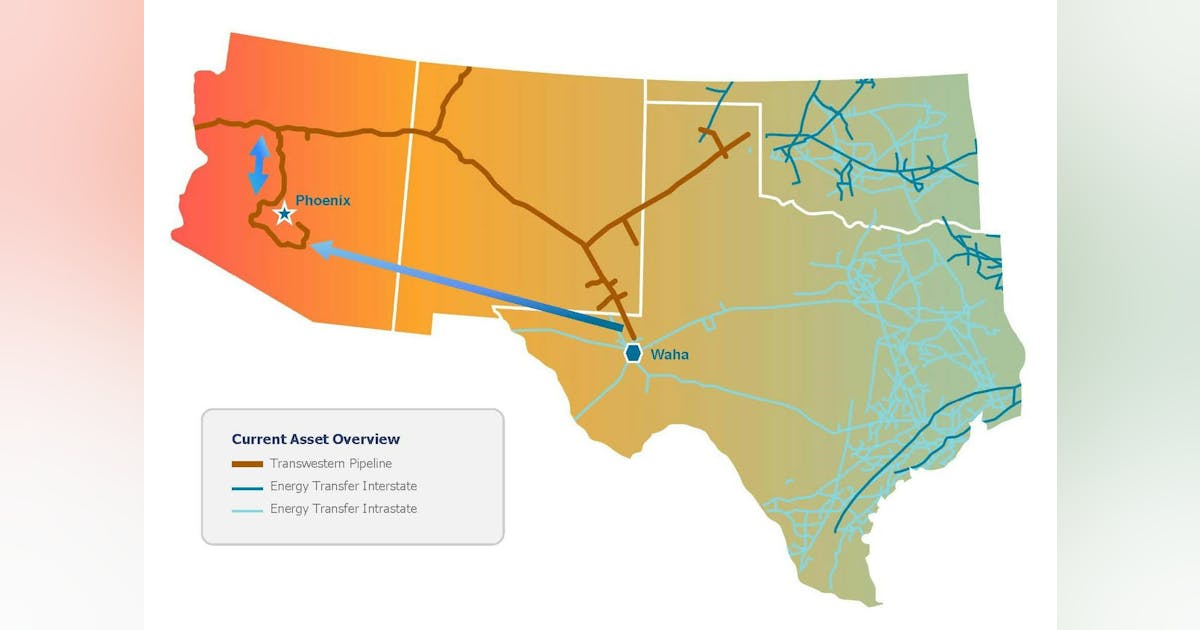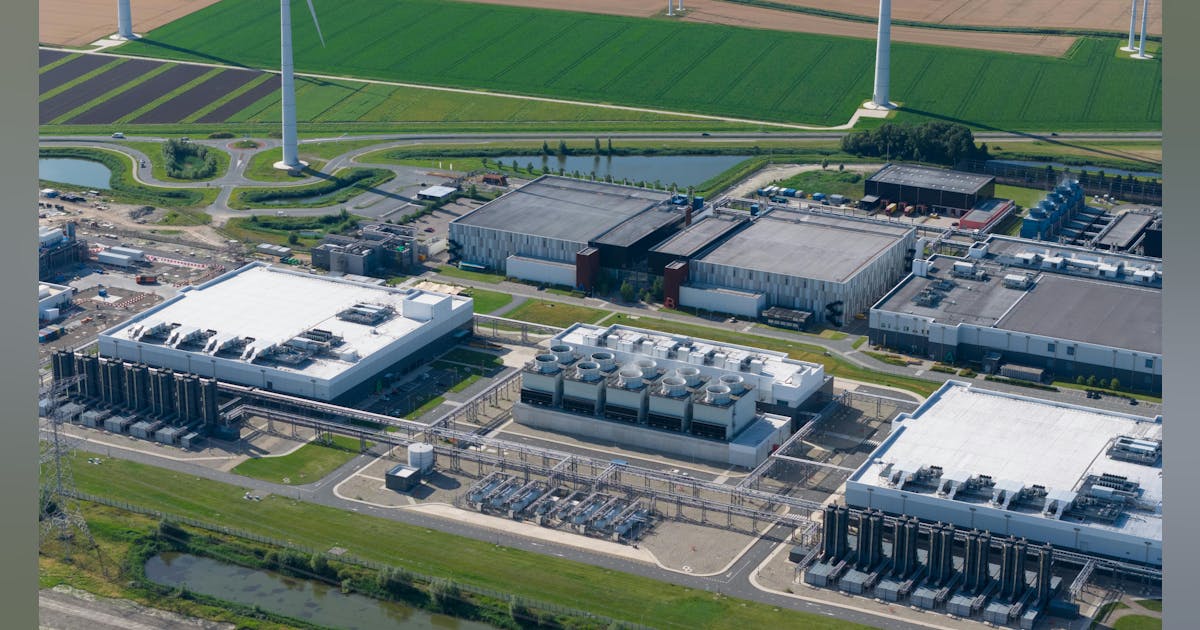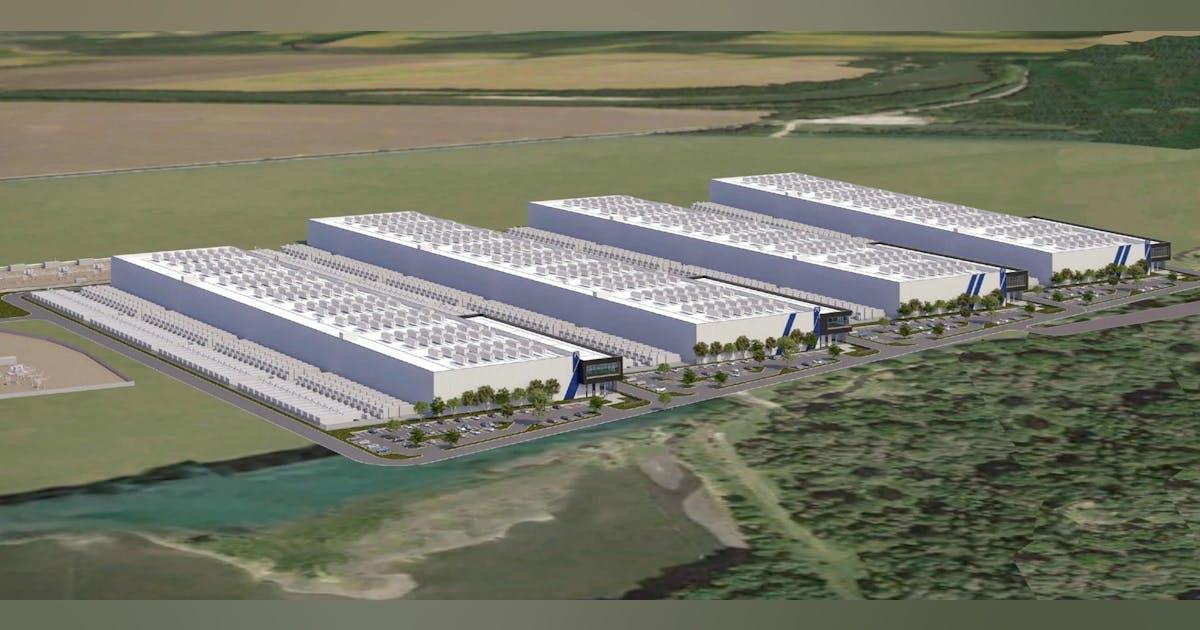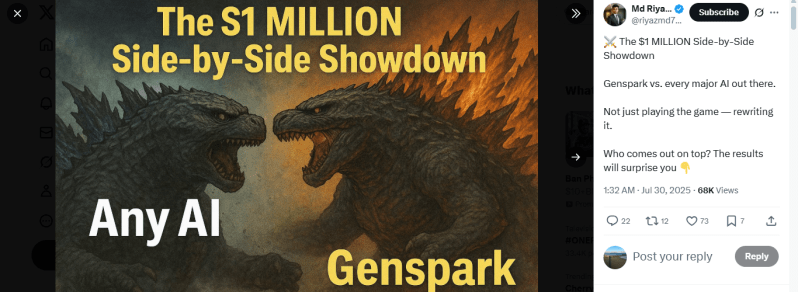
Support for OpenTelemetry and open standards is another differentiator for Gartner. Vendors that embrace these frameworks are better positioned to offer extensibility, avoid vendor lock-in, and enable broader ecosystem integration. This openness is paired with a growing focus on cost optimization—an increasingly important concern as telemetry data volumes increase. Leaders offer granular data retention controls, tiered storage, and usage-based pricing models to help customers
Gartner also highlights the importance of the developer experience and DevOps integration. Observability leaders provide “integration with other operations, service management, and software development technologies, such as IT service management (ITSM), configuration management databases (CMDB), event and incident response management, orchestration and automation, and DevOps tools.”
On the automation front, observability platforms should support initiating changes to application and infrastructure code to optimize cost, capacity or performance—or to take corrective action to mitigate failures, Gartner says. Leaders must also include application security functionality to identify known vulnerabilities and block attempts to exploit them.
Gartner identifies observability leaders
This year’s report highlights eight vendors in the leaders category, all of which have demonstrated strong product capabilities, solid technology execution, and innovative strategic vision. Read on to learn what Gartner thinks makes these eight vendors (listed in alphabetical order) stand out as leaders in observability:
- Chronosphere: Strengths include cost optimization capabilities with its control plane that closely manages the ingestion, storage, and retention of incoming telemetry using granular policy controls. The platform requires no agents and relies largely on open protocols such as OpenTelemetry and Prometheus. Gartner cautions that Chronosphere has not emphasized AI capabilities in its observability platform and currently offers digital experience monitoring via partnerships.
- Datadog: Strengths include extensive capabilities for managing service-level objectives across data types and providing deep visibility into system and application behavior without the need for instrumentation. Gartner notes the vendor’s licensing model that might make it challenging for customers to negotiate contracts, and the cost of the product remains a concern among Gartner customers. Gartner also notes that its tightly integrated ecosystems can make the cost and complexity of integrating with non-Datadog tools a challenge.
- Dynatrace: Strengths include AI-powered automation and root-cause analysis as part of Dynatrace’s AI engine Davis, which can automatically discover and map complex application environments, identify performance anomalies, and pinpoint the precise cause of problems reducing manual effort and MTTR. Gartner warns that new customers might require onboarding assistance due to the sheer number of features and depth of data available. Small to midsize customers might also be challenged to justify the cost of Dynatrace.
- Elastic: Strengths include Elastic’s AI assistant that helps users identify issues and find solutions quickly by querying large volumes of data in a natural language format, and its open-source platform differentiates Elastic from other vendors. Gartner cautions that Elastic’s observability platform isn’t well-known and requires a considerable level of in-house technical expertise. Also, the vendor’s pricing model makes estimating and forecasting usage difficult as data volumes grow, Gartner warns.
- Grafana Labs: Strengths include Grafana’s cost management capabilities that enable customers to control costs by reducing the ingestion of unused or unimportant telemetry, and its extensive footprint lets customers choose a location based on latency requirements and data sovereignty needs. Gartner cautions that customers will need training to ensure they can maximize the value of the platform’s capabilities, and that operations teams must vet and manage third-party components and community-driven plugins.
- IBM Instana: Strengths include IBM’s significant presence within enterprises globally, and Instana is part of the same software group that contains Apptio and HashiCorp, which would create an enterprise bundle for IT operations and automation. IBM also expanded its data center and cloud provider support to include more regions and deployment options. Gartner cautions that IBM introduced fewer new and innovative AI features in 2024 compared to other leaders evaluated, and small or midsize customers are less likely to consider IBM, thinking it’s suited for larger enterprises.
- New Relic: Strengths include a “forward-looking vision for agentic orchestration,” a standardized API for agent integration, and a growing library of specialized agents, which enable intelligent, cross-platform automation. New Relic also enhanced its product portfolio with large language model (LLM) observability, cost controls, and improvements to its generative AI interface. Gartner cautions that New Relic’s consumption pricing can result in larger-than-expected costs for clients.
- Splunk (a Cisco company): Strengths include Cisco’s broad global presence and the combination of Splunk and Cisco provides a deep expertise and a strong client base in many industry verticals. Gartner also notes the extensive investments Cisco and Splunk have made in AI across its entire portfolios, specifically rolling out its Cisco AI Assistant to operate with its observability solutions. Gartner cautions that because Splunk’s observability portfolio has grown through multiple acquisitions, it also has limited integration across its products, creating complexity.
In the remaining quadrants, Gartner names four challengers, four visionaries and four niche players. The report explains each vendor’s background and details strengths and cautions for all of the included companies. The full report is available on Gartner’s site, as well as from vendors (such as here and here).

